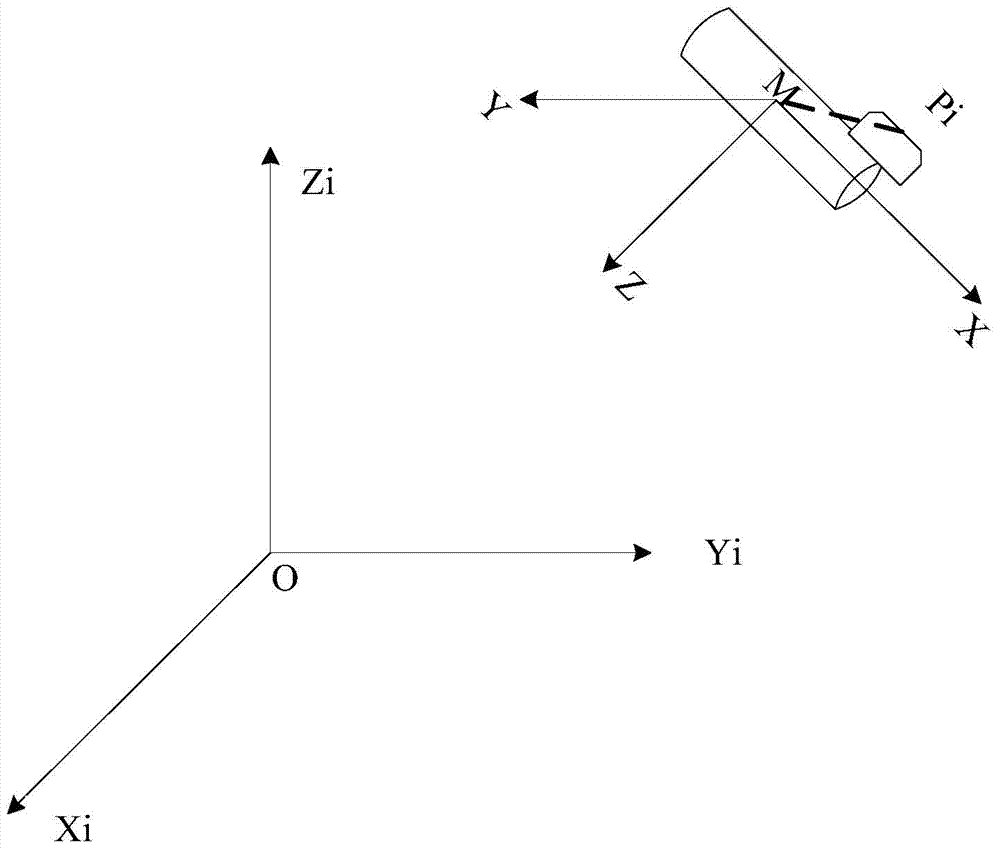Satellite autonomous orbit determination method based on satellite-borne GNSS multiple antennas
An autonomous orbit determination, multi-antenna technology, applied in satellite radio beacon positioning systems, radio wave measurement systems, integrated navigators, etc., to achieve the effect of high orbit determination accuracy and a wide range of applications
- Summary
- Abstract
- Description
- Claims
- Application Information
AI Technical Summary
Problems solved by technology
Method used
Image
Examples
Embodiment Construction
[0041] Specific embodiments of the present invention will be further described in detail below in conjunction with the accompanying drawings.
[0042] The present invention provides a real-time orbit determination method based on space-borne GNSS multi-antenna. This technology fully uses the GNSS observations of each antenna for real-time filtering processing to ensure that the GNSS receiver outputs high-precision navigation and positioning results. Compared with single-antenna orbit determination, This method has a wider scope of application and has great engineering practical value and military strategic significance.
[0043] like figure 1 Shown, concrete steps of the present invention are as follows:
[0044] A satellite autonomous orbit determination method based on satellite-borne GNSS multi-antenna comprises steps as follows:
[0045] (1) The autonomous orbit determination starts, and the system is initialized (setting the initial value of the global variable).
[0046...
PUM
 Login to View More
Login to View More Abstract
Description
Claims
Application Information
 Login to View More
Login to View More - R&D
- Intellectual Property
- Life Sciences
- Materials
- Tech Scout
- Unparalleled Data Quality
- Higher Quality Content
- 60% Fewer Hallucinations
Browse by: Latest US Patents, China's latest patents, Technical Efficacy Thesaurus, Application Domain, Technology Topic, Popular Technical Reports.
© 2025 PatSnap. All rights reserved.Legal|Privacy policy|Modern Slavery Act Transparency Statement|Sitemap|About US| Contact US: help@patsnap.com



